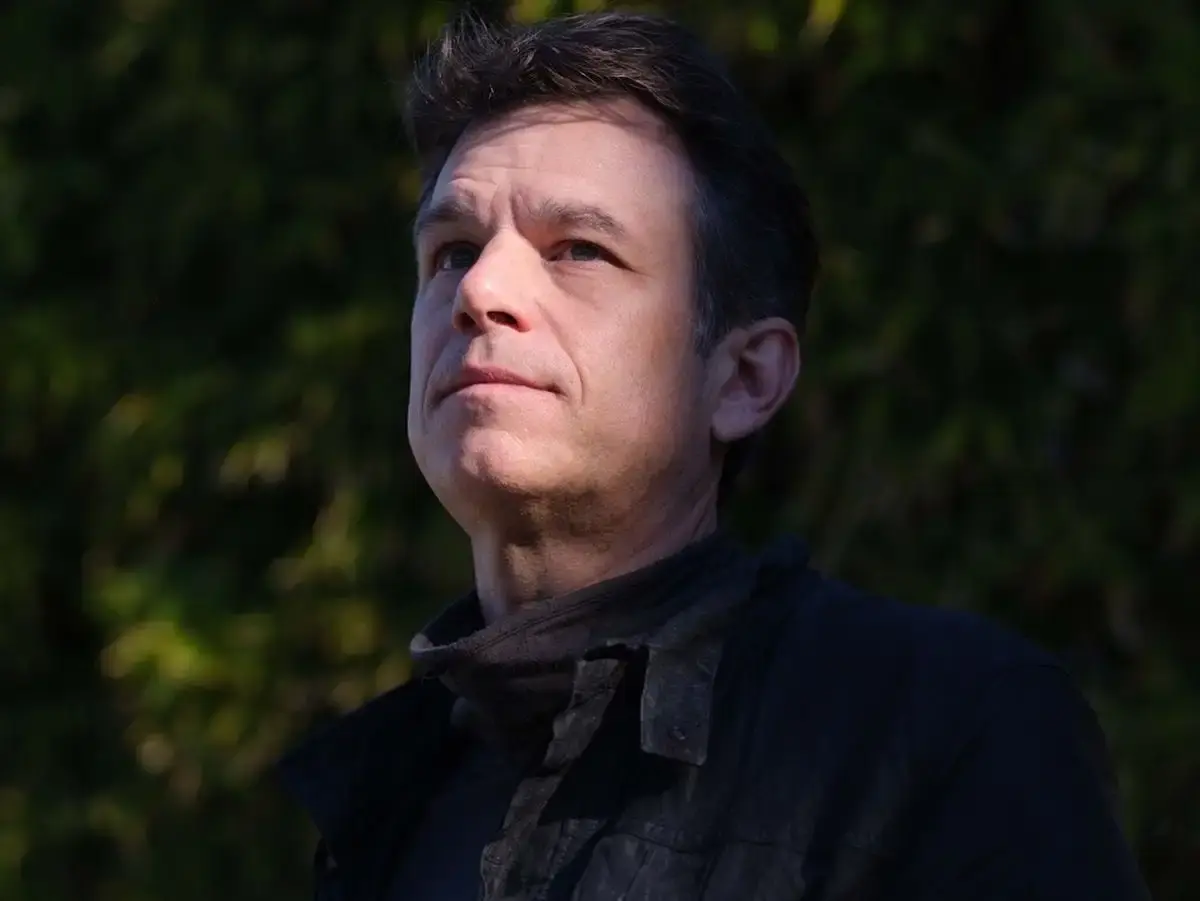The American Matthew Butterick has started a legal crusade against generative artificial intelligence (AI). In 2022, he filed the first lawsuit in the history of this field against Microsoft, one of the companies that develop these types of tools (GitHub Copilot). Today, he’s coordinating four class action lawsuits that bring together complaints filed by programmers, artists and writers.
If successful, he could force the companies responsible for applications such as ChatGPT or Midjourney to compensate thousands of creators. They may even have to retire their algorithms and retrain them with databases that don’t infringe on intellectual property rights.



If the models were purely being used for research, I might buy the argument that fair use applies. But the fair use balancing act also incorporates an element of whether the usage is commercial in nature and is intended to compete with the rights holder in a way that affects their livelihood. Taking an artist’s work in order to mass produce pieces that replicates their style, in such a way that it prevents the artist from earning a living, definitely affects their livelihood, so there is a very solid argument that fair use ceased to apply when the generative AI entered commercial use. The people that made the AI models aren’t engaging in self-expression at this point. The users of the AI models may be, but they’re not the ones that used all the art without consent or compensation. The companies running the AI models are engaged purely in profit-seeking, making money from other people’s work. That’s not self-expression and it’s not discussion. It’s greed.
Although the courts ruled that reverse engineering software to make an emulator was fair use, it’s worth bearing in mind that the emulator is intended to allow people to continue using software they have purchased after the lifespan of the console has elapsed - so the existence of an emulator is preserving consumers’ rights to use the games they legally own. Taking artists’ work to create an AI so you no longer need the artist has more in common with pirating the games rather than creating an emulator. You’re not trying to preserve access to something you already have a licence to use. An AI isn’t replacing artwork that you have the right to use but that you can no longer access because of changing hardware. AI is allowing you to use an artist’s work in order to cut them out of the equation without you ever paying them for the work you have benefitted from.
The AI models can combine concepts in new ways, but it still can’t create anything truly new. An AI could never have given us something like Cubism, for example, because visually nothing like it had ever existed before, so there would have been nothing in its training data that could have made anything like it. What a human brings to the process is life experience and an emotional component that an AI lacks. All an AI can do is combine existing concepts into new combinations (like combining fried eggs and flowers - both of those objects are existing concepts). It can’t create entirely new things that aren’t represented somewhere in its training data. If it didn’t know what fried eggs and flowers were, it would be unable to create them.
Fair Use also protects commercial endeavors. Fair use is a flexible and context-dependent doctrine based on careful analysis of four factors: the purpose and character of the use, the nature of the copyrighted work, the amount and substantiality of the portion used, and the effect of the use upon the potential market. No one factor is more important than the others, and it is possible to have a fair use defense even if you do not meet all the criteria of fair use.
More importantly, I don’t think more works in a style would prevent an artist from making a living. IMO, it could serve as an ad to point people where to get “the genuine article”.
Agreed, but don’t forget that there are plenty of regular people training their own models and offering them to everyone for free who don’t have a company apparatus to defend them, and they are targeted and not spared this ire.
Making novel works has nothing in common with reproducing and distributed someone else’s creation. It is preserving the public’s rights to self-expression, no matter the medium. No artist can insert themselves in the conversation over a style to try to collect payment. Imagine if every one of their inspirations did the same to them?
Cubism is, in part, a combination of the simplified and angular forms of ancient Iberian sculptures, the stylized and abstract features of African tribal masks, and the flat and decorative compositions of Japanese prints. Nothing like it existed before because no one had combined those specific concepts quite yet.
It is still a human making generative art, and they can use their emotions and learned experiences to guide the creation of works. The model is just a tool to be harnessed by people.
New tools have already made what you’re talking about possible, and they will continue to improve.
I think we’re very much in “agree to disagree” territory here.
Yeah, I just want to let you know where I’m coming from. I hope I’ve made that clear.